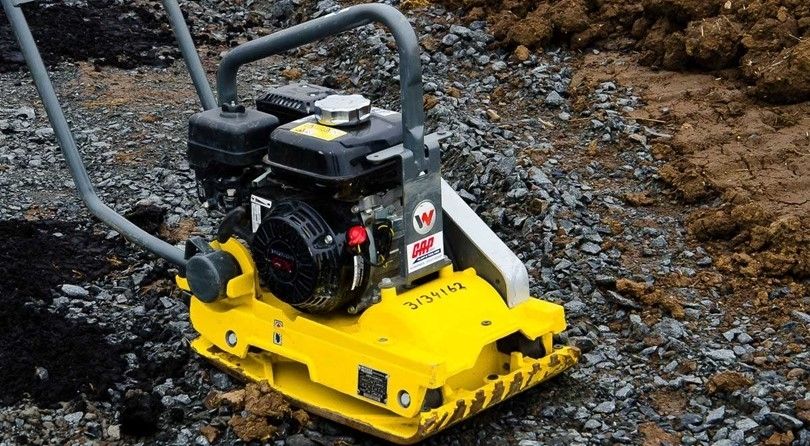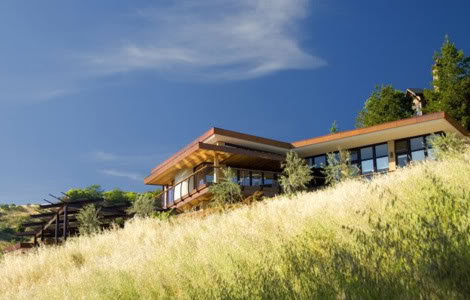
Soil compaction technology is the most critical component in site preparation for construction work. The foundation of the structure or the base of the road surface does not sag. Special attention is paid to the composition of the soil and the materials with which the structure's future construction site is compacted. According to statistics, compaction by 1 percent increases the future structure's bearing capacity up to 15%.
Progress does not stand still, and soil and asphalt compaction technologies are mechanized and implemented with special machines' help.
Earthen compaction equipment can be classified according to various parameters (depending on composition, moisture content, thickness, etc.).
Why is soil compaction needed?
The soil is prone to sedimentation, shrinkage, subsidence, swelling, and other processes that can cause deformation of the base and harm the entire house.
- Settlement is the process of compaction of soil under the weight of a building. The main task of soil compaction is to make the settlement evenly pass within the design values.
- Subsidence is another type of compaction when the soil loses its volume due to soaking or rotting organic matter.
- Shrinkage occurs as a result of temperature effects.
- Swelling - an increase in the soil volume due to the soil's saturation with groundwater.
All these processes are influenced by correct compaction.

Types of soil compaction equipment
You can make a manual rammer by yourself. For these purposes, a heavy log, timber, or steel pipe with a flat square base is suitable. The manual rammer needs to hit the ground at right angles. The speed of work with such a tool is low, so a manual rammer is used in small areas. For example, to compact the soil for laying paving slabs on the site.
Vibratory plate has a massive sole, which transmits vibrations to the ground. Usually, a builder rents this equipment for the period of construction. Vibratory plates vary according to weight — the greater the weight, the larger the compacted layer. In a private building, a slab from 75 to 90 kg is enough. It allows you to consolidate layers up to 25 cm thick. The base area varies from 1600 to 6000 sq.
The Vibratory rammer has less strength and works according to a different principle. The equipment makes a kind of "jumps", compacting the soil. Simultaneously, the Vibratory rammer impact area is smaller (1000 cm2), and the compaction depth is higher (from 40 cm with a weight of 60 - 70 kg).
When a builder selects machines and mechanisms for soil compaction, they should take into account the properties and condition of the compacted soil (moisture, homogeneity, particle size distribution), the required degree of compaction, the amount of work, and the pace of their implementation. The arrangement of machines for backfilling of pits is carried out following the work schedule on constructing a specific building.
How is Soil Compaction being done?
The first step in soil compaction work is to level the working area with a bulldozer and then with grader. Leveling is carried out with horizontal layers with an optimal thickness of 20-40 cm in a loose state. It's followed by the filling of the earthen structure in alternating layers (homogeneous and heterogeneous). At this stage, it is vital to provide for the drainage of water and atmospheric precipitation by creating a slight slope towards the edge. Mixing of soil types is not allowed within one layer. It can lead to unstable moisture and density.
Compaction of the soil should be done when its natural moisture is optimal. The table below shows the optimum soil moisture and moisture tolerance (waterlogging coefficient).
| Soil type | optimum moisture | waterlogging coefficient |
|---|---|---|
| Sand | 8-12% | 1,35 |
| Sand loam and silty loam | 9-15% | 1,25 |
| Clay loam | 12-17% | 1,15 |
| Clay | 16-23% | 1,05 |
If the humidity level is too high or too low, work stops until the soil becomes optimum moister.
There are two main ways of the skating rink passing on the site: circular and shuttle. From the names, you can understand the principle of operation: with the circular method, the apparatus makes a turn to continue moving. If turning is not possible, resort to the shuttle method when the machine makes a lane passage.
When compacting the soil, equipment of dynamic action is selected by a slab corresponding in weight, shape, and size and dropped from a certain height. It is an effective method that has its nuances and may not be applicable everywhere. More common is the use of machines of statistical action, which communicate oscillatory and vibrational movements.
High-quality soil compaction is a prerequisite for the absence of problems with the foundation in the future.


